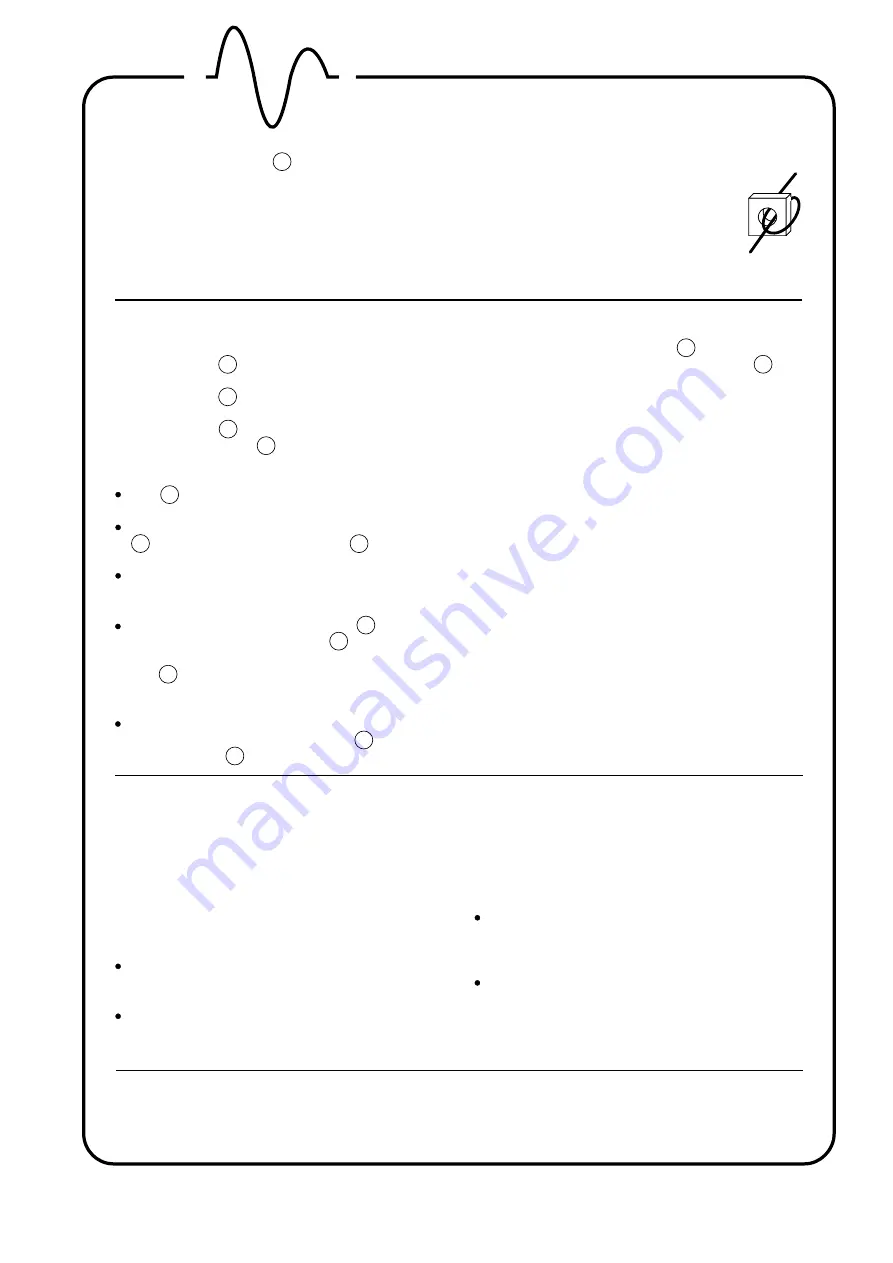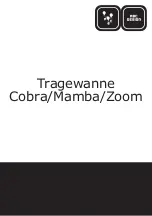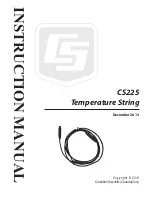
R O P E X
R O P E X
R O P E X
R O P E X
INDUSTRIE - ELEKTRONIK GmbH
Within this cycle the yellow LED 12 is on depending
upon the program setting of the DIP switches 14 and
indicates the switching action of the relay K1. Also refer to
Section 4.1 "Programming of the Output Relay".
The Analog Meter hand movements must be steady and
rhythmical, indicating the temperature increase and
decrease of the heatseal element temperature during the
heating the cooling cycles.
After several heating cycles, let the heatseal element cool
down completely and check the "Z" calibration; some
adjustment might be needed.
Now the controller is ready for full operation.
Once started, a timing sequence cannot be interrupted
nor delayed. A new sequence can only be started with a
new signal after completion of the previous sequence
When turning on the controller, follow the correct
sequence.
- power,
the
signal.
both together or in reverse sequence. However,
the temperature may be pre-set before turning on the
NOTE:
FIRST
THEN
START
NEVER
LED 5 "ON" changes from blinking to constantly on;
heating cycle starts.
depending upon the programming, the LED "HEAT"
8 can be on simultaneously with LED 5 , or only after
the preset temperature has been reached.
starting with the heating process the hand should
show a steady temperature rise to the preset level
where it should stop until the sealing time is lapsed.
at the end of the sealing time the LED 8 will turn off
and the green LED "COOL" 10 is illuminated
(beginning of the cooling time). At the same time the
LED 5 "ON" will return to blinking. The hand on the
meter will decline indicating the cooling of the heatseal
element.
after the cooling time, or when the preset cooling
temperature (digital selector switch 11 has been
reached, LED 10 ) turns off.
Page 10
Turn the "ZERO" Trimmer 2 so that the meter hand rests
on "Z"
.
Which way to turn?
If the hand is on the left side, turn the trimmer clockwise; if
the hand is on the right side, turn the trimmer counter
clockwise. If the "ZERO" calibration is not possible, the
meter hand remains on the right side, pass the wire
-only with the heatseal element at ambient
temperature
through the current transformer a second
time; in extreme cases a third pass might
be necessary. This situation might occur
when the heatseal element is very long
and thin (high resistance).
after trying each pass
through the current transformer.
RECALIBRATE
7.7
7.8
- Select any temperature (example 150°C) on the digital
selector switch 3
- Select the sealing time (example 3.0sec) on the digital
selector switch 9
- Select the cooling time (example 5.0sec) on the digital
selector switch 11
- Press "HAND" button 4 ,and the following cycle
begins:
Operating Instructions (Continuation)
8. HEATSEAL ELEMENT
The heatseal element is an important component of the
control system since it is simultaneously the sealing
element and the temperature sensor. There are so many
different shapes and size of heatseal elements that we
cannot discuss them all here, however, some very
important physical and electrical characteristics are
emphasized here.
is reduced by approx. 2 or 3%. This rather small
change in resistance however results in a zero point
discrepancy of 20 - 30°. Therefore, it is necessary to re-
adjust the zero point after a few heating cycles.
An overheated (burned out) heatseal element cannot
be used and must be replace because of an irreversi-
ble change in metallurgy at high temperatures.
A very important option is to copper plate or c/a coat
the ends of the heatseal elements.
This will result in better temperature control and
extended "life" of the heatseal element as well as of the
Teflon cover or coating
NOTE:
When heatseal bands are replaced the system must be recalibrated as described in 7.7
HEATSEAL BAND REPLACEMENT
The controlling principle of the system demands that
only Alloy-20 heatseal elements be used.
During the first heat up to 200 - 250°C the heatseal
element will experience a one time change in resistan-
ce (burn in effect). The resistance of the cold element
8.1
2x

































